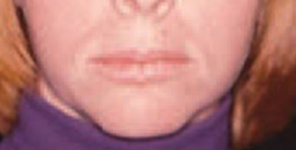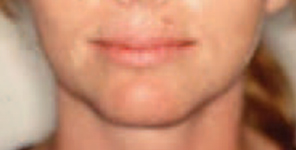Temporomandibular Joint Disorders (TMJD or TMD)

When the orofacial muscle function and patterns are incorrect, the symmetry, equilibration and range of motion of the TMJ may be dysfunctional, causing discomfort or pain.
OMT
HELPS

Re-patterning the muscle functions and creating awareness of habits that may interfere with proper jaw function will decrease or eliminate discomfort and dysfunction.
IF NOT
TREATED

Pain patterns and improper habits may increase. The patient may continue attempting to compensate for the dysfunction in order to relieve the pain. Often the patient will develop medications dependency, psychological problems, referred pain to neck, shoulders and back and general sensitization.

14. Temporomandibular Joint Disorders (TMJD or TMD)
–De Felício CM, Ferreira CL, Medeiros AP, Da Silva MA , Tartaglia GM, Sforza C. Electromyographic indices, orofacial myofunctional status and temporomandibular disorders severity: A correlation study. Journal of Electromyography and Kinesiology. Article in press
–De Felicio CM, Melchior MO, Da Silva MA. (2010). E ects of Orofacial Myofunctional erapy on Temporomandibular Disorders. e Journal of Craniomandibular Practice. Oct. 28(4):249-259.
–Bianchini EM, Paiva G, de Andrade CR. Mandibular movement patterns during speech in subjects with temporomandibular disorders and in asymptomatic individuals. Cranio. 2008 Jan;26(1):50-8.
–Miles TS. 2007. Postural control of the human mandible. Arch Oral Biol. Apr;52(4):347-52. Epub 2007 Jan 25.